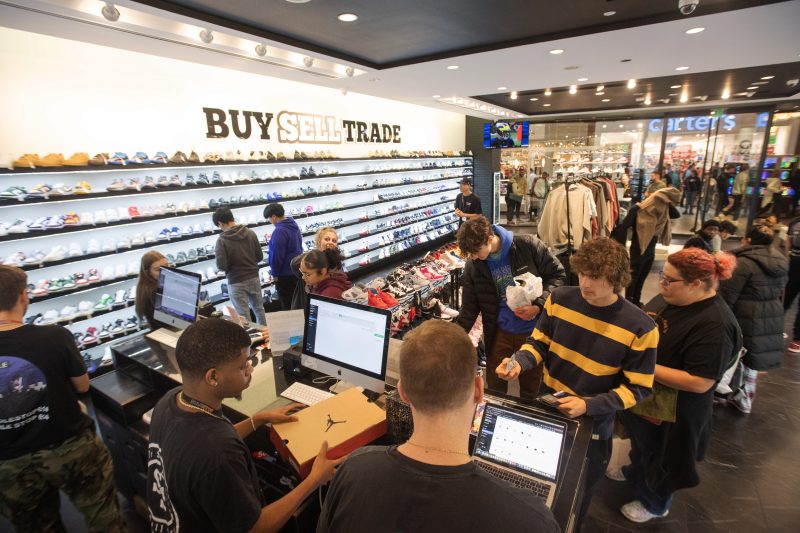
Prices finally fell last month after 3.5 years of increases
New government data showed prices notching a monthly decline for the first time since April 2020, adding to an improving picture on inflation as the new year looms.
The Personal Consumption Expenditures Price Index (PCE), one of two major readings on inflation, fell by 0.1% between October and November, the Bureau of Economic Analysis said Friday — the first monthly decline in more than 3 1/2 years.
Combined with other recent data showing disposable personal income and consumer sentiment rising, the United States’ economy appears to be heading into 2024 on strong footing even as it cools down. That has boosted expectations for a potential “soft landing” that reins in inflation without triggering mass layoffs or a recession.
Lower gas prices and cheaper goods contributed to the modest decline in Friday’s PCE numbers. Because prices have largely continued to rise this year, they still clocked in 2.6% higher than in November 2022. But that’s an improvement from the PCE’s 5.5% yearly inflation rate back in January and 7.1% rate in June 2022.
Earlier this month, the Consumer Price Index, the other major inflation measure alongside the PCE index, showed annual inflation slowing to 3.1% in November, easing a bit from a 3.2% rate the month before.
“[T]he latest data confirm that the disinflation momentum is gathering pace,” EY senior economist Lydia Boussour said in a note, using the term for when price increases slow down — which is different from “deflation,” when prices outright drop.
As prices fell in November, American households’ capacity to spend increased, the BEA’s Friday report showed. Real disposable income, which adjusts for inflation, grew by 0.4% between October and November, after a summer of nearly no growth.
A separate report that the University of Michigan released Friday showed consumer sentiment soaring 14% in December. The jump reversed four months of declines and reflects growing optimism among U.S. spenders, whose outlays account for about two-thirds of the economy.
“All age, income, education, geographic, and political identification groups saw gains in sentiment this month,” the University of Michigan survey’s director, Joanne Hsu, wrote in the report. “The index is now just shy of the midpoint between the pre-pandemic reading and the historic low reached in June 2022.”
That report came days after a different measure, the Conference Board’s consumer confidence survey, also showed Americans’ economic optimism surging this month.
“These trends are rooted in substantial improvements in how consumers view the trajectory of inflation,” Hsu said.
The battle isn’t over yet, though.
The Federal Reserve, which has raised interest rates to 22-year highs to slow the pace of price increases, has been encouraged by the progress but acknowledges there’s still work to do to get inflation down to its target of 2% on “core” PCE. That narrower measure excludes categories with more volatile prices, like energy and food — which can reflect swings due to geopolitical events and weather-related factors, respectively.
Core PCE clocked in at 3.2% in November, Friday’s BEA figures showed. Omair Sharif, the founder of Inflation Insights, cautioned that additional months of encouraging data would be needed to confirm that the Fed is on a clear path to its 2% goal.
“The more benign inflation data is certainly something to celebrate, but there is some turbulence ahead” in the first quarter of next year, he said in a note, that Fed officials will need to navigate before cutting rates.
